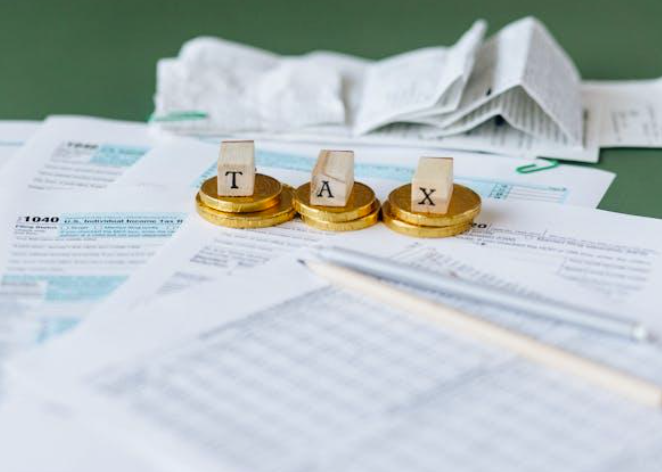
We are halfway through 2025, and for property professionals, purchasing houses has just become a bit more expensive. Property investing is no small feat, with only a small percentage of the UK expected to own their homes by 2030. The dropping percentage of homeowners directly correlates with the increases in cost of living and interest rates. Stamp duty has seen gradual changes over the last decade, and as of April 2025, more adjustments have been made.
When is Stamp Duty Applicable?
The first thing to understand is when stamp duty is applicable. Stamp Duty Land Tax (SDLT) is payable when you purchase a property, or land over a certain price. The thresholds and rates payable vary depending on the type of purchaser you are and the type of property you are buying. For residential properties, stamp duty kicks in once the price exceeds £250,000 (unless you’re a first-time buyer, more on that in a moment). It’s a one-off payment, but it can be quite a chunk, so it’s crucial to factor it into your budget early on.
Stamp Duty for Different Investors
First-Time Buyers
First-time buyers are still the select group of people who reap the best rewards from the stamp duty criteria. If you’re stepping onto the ladder for the first time and purchasing a home up to £425,000, you can still benefit from stamp duty relief. That means you won’t pay a penny in SDLT on the first £425,000 and will only be taxed on the portion above that (up to £625,000). Anything beyond that and the relief no longer applies, unfortunately.
Second Home Owners
If you already own a home and are buying another (whether you’re looking for a BMV property investment or renting out holiday lets) you’ll be subject to a 3% surcharge on top of the standard rates. This hasn’t changed in 2025, but it still stings. That extra percentage can really push up your costs, so seasoned investors will need to think carefully about timing and location.
Overseas Investors
Overseas buyers have been under the spotlight in recent years, and 2025 continues this trend. A 2% surcharge still applies to non-UK residents, introduced to level the playing field for domestic buyers. Combined with other taxes and possible visa implications, it’s a market that now requires even more due diligence from international investors.
What Changes Have Been Made to Stamp Duty?
From April 2025, the most significant update was the reintroduction of the pre-pandemic thresholds. The temporary increases in SDLT thresholds, introduced to stimulate the market during COVID-19, have now officially ended.
Here’s a quick breakdown:
- The nil-rate band has reverted to £250,000 (down from £500,000 during the peak of the relief period).
- The rates for second properties and additional homes remain the same, but investors are now being scrutinised more closely for eligibility, especially with the increase in digital records and automated checks.
Another subtle but important change? Stamp duty timelines. Buyers now have 14 calendar days to pay their SDLT, down from 30 previously. That means faster paperwork, so make sure your solicitor or conveyancer is on the ball.
What Might This Mean for Potential Investors?
In short: higher costs, tighter timelines, and more caution.
For first-time buyers, it’s still a decent time to buy, especially outside of London, where properties can fall within the relief threshold. But for second-home buyers or property investors, the higher upfront costs could slow things down. Many are considering alternatives such as REITs (Real Estate Investment Trusts) or joint ventures to mitigate some of the tax burdens.
The changes could also cool off the investor-heavy markets, meaning we may see less competition and slightly more negotiating power for residential buyers.
Are Any More Stamp Duty Changes Expected?
Nothing concrete has been announced, but with a general election on the horizon and housing affordability still a major political talking point, we wouldn’t be surprised. Some economists suggest there could be targeted relief for downsizers or incentives for green homes. There’s also been chatter around a potential reform of SDLT entirely, replacing it with a recurring property tax, though that idea’s been circling for years without much traction.
In the meantime, it’s best to stay informed and factor all possible tax changes into your financial planning. Whether you’re a first-time buyer, seasoned landlord, or overseas investor, the landscape is changing, and knowledge is your best asset.
Image credit: Pexels
